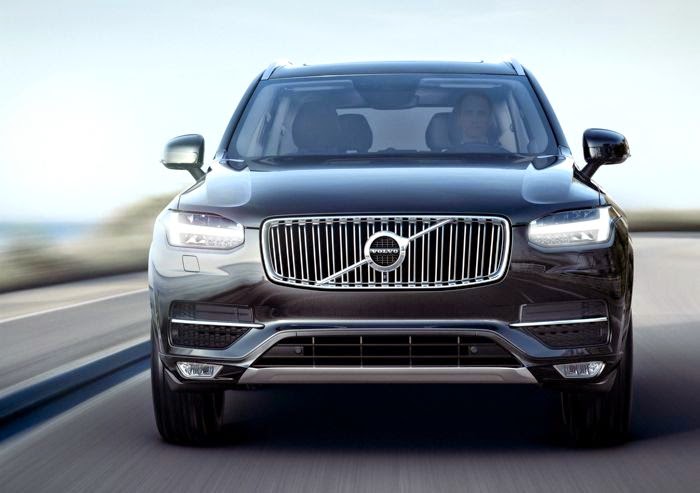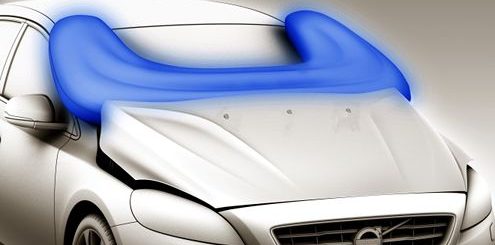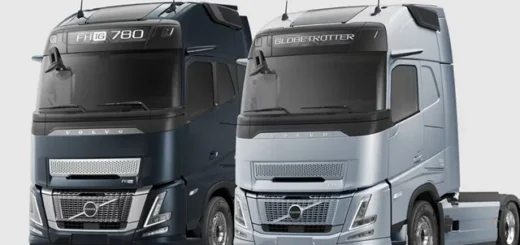Yamaha YZF-R1’s Most Advanced Traction Control System Is Incredible
Features world’s first 6-axis IMU to govern multi-stage traction control system.
Modern high-performance bikes are incredibly tech-savvy that we would like to think! Apart from ABS that finds increased acceptance even in high-end commuter bikes, traction control is an another critical safety tech that has evolved into more sophisticated electronic systems. Basically, the system monitors the speeds of front and rear wheel and tries to maintain a balance, since a sudden acceleration may cause the rear wheel to spin much faster, thereby loosing traction especially at slippery or wet road conditions.
Traction control was first introduced in BMW K1 motorcycles back in 1988. Since then, the TCS technology has incorporated numerous electronics with high levels of integration and refinement, operating seamlessly in all weather and road conditions with precision. The case in point is the TC system in the current Yamaha R1 (2017), which uses every bit of data generated at various points like throttle opening, brake application, gear selection, lean angle, etc. to bring accuracy and effectiveness in its operation. At the outset, the bike’s multi-stage TC system consists of three gyro sensors that measure machine pitch, roll and yaw, as well as three G-sensors that transmit data on forward/ backward, left/ right and up/ down acceleration.
How it works?
A 6-axis (levels of adjustment) Inertial measurement unit (IMU) constantly analyses the data generated 125 times per second to establish the motorcycles’s position and behaviour – including lean angle, slide speed and pitching rate. A CAN system (Controller Area Network) orchestrates all the information to the ECU that instantly adjusts the bikes’s various electronic control systems based on real time calculations, thereby ensuring significantly greater level of safety and comfort, along with high levels of controllability. Performance of the R1 is also enhanced.

Yamaha TCS: The all-digital touchscreen LCD instrument panel indicates the Traction Control level selected
The R1’s TC is notably far advanced than the regular TC systems that simply optimise the drive force to the rear by monitoring the difference in speed between the front and rear wheels, making the ECU to adjust the throttle valve opening, fuelling and ignition timing in case of loss of traction or wheel spin. The IMU-goverened TCS, in addition, usea data relating to the bike’s banking angle, when calculating the optimum rear wheel control settings. For instance, while cornering at a high banking angle, the IMU’s sensors will activate the TCS to a higher level of control than when the motorcycle is upright, allowing the R1 rider to achieve optimum performance whether powering out of a corner or accelerating in a straight line.
Also Read: 2017 Yamaha YZF-R6 600cc SportBike Unveiled
The Yamaha’s TCS offers six-levels of adjustment (along with disable), and is adjustable on the fly while riding as well. There is a small horizontal bar graph inside the LCD instrument panel that indicates the level selected. The system is similar to what other bike makes like BMW, Kawasaki, Aprilia, and Ducati offer, but the effectiveness and transparency of the Yamaha’s electronics in modulating torque is well appreciated.
Next, would you like to read more on Yamaha, or Motorcycles?











